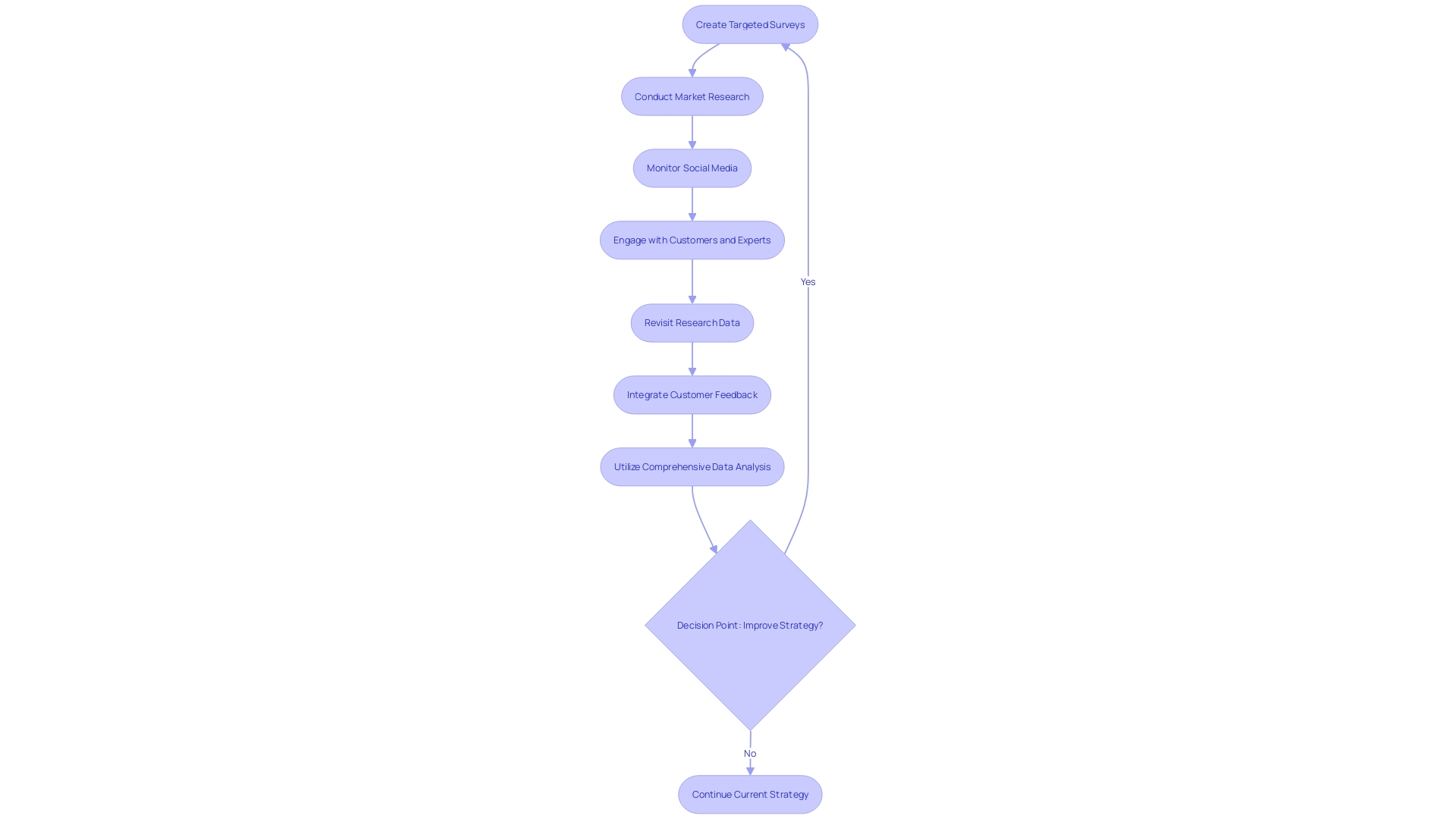Introduction
Small businesses are the lifeblood of the economy, but they are not immune to failure. Understanding the common reasons behind their collapse is crucial for turning around struggling businesses. This article delves into the pitfalls that small businesses often face, such as a lack of market demand, inadequate financial planning, ineffective marketing strategies, and a lack of adaptability.
By addressing these challenges head-on, small businesses can navigate the landscape of opportunities and challenges in 2024 and beyond.
Common Reasons Small Businesses Fail
Small businesses form the backbone of the economy, with 33.2 million operating in the United States alone as of early 2024. Yet, despite their numbers, these enterprises are not immune to failure, often due to a handful of common pitfalls. Understanding these can be the key to turning around a struggling business.
A significant cause of small business collapse is a lack of market demand. Without a strong customer base, even the most innovative products or services will falter. Market research is not just recommended; it's a necessity for identifying and understanding the needs of your target audience. British womenswear brand Dai, for example, faced this challenge, having to consider a 'down round' or even a sale to maintain operations amidst global crises and shareholder expectations.
Financial planning is another cornerstone of business stability. Inadequate management of budgeting, cash flow, and debt can quickly lead to downfall. The story of Jon Sebastiani, who wanted to revolutionize snacking with artisanal marshmallows, underscores the importance of financial acumen in ensuring a business doesn't just survive but thrives.
Marketing strategies, too, play a crucial role. They are the vehicles that convey a business's value proposition to its customers. Without effective marketing, even businesses with a solid product or service offering may struggle to attract customers and generate revenue.
Adaptability in today's fast-paced business environment is not optional. Businesses that cannot pivot in response to industry trends and market shifts are more likely to struggle. As we push forward into 2024, small businesses will continue to navigate a landscape filled with both challenges and opportunities for growth.

Setting Clear Goals and Objectives
When attempting to navigate a company through financial turbulence, setting tangible, realistic goals is essential. Take, for example, the cautionary tale of Toyota's Woven Planet, a venture that sought to revolutionize automotive software. Despite its ambitious vision, the project struggled due to overly optimistic timelines and a disconnect between its far-reaching ambitions and the company's need for tangible product features. This case underscores the importance of proper initiative zoning and the perils of lofty goals detached from practical realities.
Setting specific, quantifiable objectives is crucial. Rather than merely aiming to 'increase sales,' a more actionable approach would be to target a '20% sales increase within six months.' This specificity allows for precise tracking of progress and the development of actionable steps toward achieving these goals.
Moreover, aligning goals with the strengths of the business and market opportunities can significantly enhance the likelihood of success. By focusing on customer retention, businesses can optimize profitability through cost-effective strategies, as it is more economical to maintain current customers than acquire new ones.
Additionally, leveraging Key Performance Indicators (KPIs) as a management tool is vital. As Peter Drucker famously stated, "What gets measured gets managed." Tracking these metrics provides insights into financial health, operational efficiency, and customer satisfaction, guiding informed decision-making.
Sales skills are also an invaluable asset in any business turnaround strategy. Whether it's securing customers or convincing investors, the ability to articulate the logic and benefits of a decision is paramount. These skills are foundational for communicating effectively and can be the difference between success and failure.
In the context of small businesses, which are integral to the economy, there are 33.2 million in the United States as of early 2024. California leads with 4.2 million small businesses. These numbers reflect the importance and impact of small businesses, highlighting the need for effective strategies to ensure their survival and growth.
Ultimately, the lesson is clear: a balanced approach that combines measurable goals with realistic timelines, taking advantage of inherent strengths and opportunities, while maintaining flexibility and responsiveness to market demands, is key to turning around a struggling business.

Understanding Your Target Audience
Reviving a business in distress requires a laser-focused approach to understanding your customer base. To turn the tide, consider employing a robust market research strategy to gather demographic information, which serves as a cornerstone for comprehending the opportunities and limitations in attracting customers. Questions about demand, market size, and customer preferences are essential in shaping a market-savvy business model.
To tap into the nuances of customer behavior and preferences, leveraging user segmentation is crucial. By dividing your customer base into distinct groups based on shared characteristics, you can craft personalized experiences that resonate more deeply with each segment. Such precision in marketing not only enhances customer engagement but also informs product development and service offerings.
Moreover, the power of content as a strategic tool cannot be overstated. Embracing a content strategy that focuses on the market rather than just the product, and utilizing diverse content formats, can significantly boost web traffic and support the entire customer lifecycle from acquisition to referrals.
The insights from Apple's marketing philosophy—empathy, focus, and impute—underscore the importance of intimately understanding the customer, prioritizing opportunities that align with your capabilities, and crafting impressions through high-quality interactions and materials. This philosophy is not just theoretical; it's a tested approach that has stood the test of time and can be adapted to rejuvenate a struggling business.
Lastly, staying abreast of industry trends is indispensable. For instance, the convergence of linear and streaming TV highlights the importance of cross-media campaigns and the need to adapt to the changing content consumption landscape. By integrating these strategies, businesses can better align with their target audience's evolving preferences and market dynamics, setting the stage for a successful turnaround.
Analyzing Customer Feedback and Market Needs
- Create targeted surveys and questionnaires: Develop surveys with clear, concise questions that delve into specific aspects of your product or service. Utilize online tools for broader reach and offer incentives to boost participation rates.
- Conduct thorough market research: Perform detailed analyses to understand the demographics, interests, and needs of your potential customers. This includes understanding the size of the market and the demand for your product or service.
- Monitor social media and online platforms: Actively observe and participate in social media conversations and online forums to gauge customer sentiment and identify trends. This helps to stay ahead of market shifts and competitors' strategies.
- Engage with customers and experts: Foster relationships with customers to understand their expressed needs, which can sometimes differ from their actual preferences. Also, connect with industry experts to gain deeper insights and explore innovative solutions.
- Regularly revisit research data: Keep your market research fresh and relevant by periodically revisiting the data to discover new patterns and insights that can inform decision-making.
- Integrate customer feedback into operations: Use customer journey maps and feedback to make informed, incremental improvements to your products and services. Align these improvements with your company's operating principles to ensure consistency and accountability.
- Utilize comprehensive data analysis: Leverage extensive datasets and analysis tools to gain a clear and deep understanding of your market, supporting your strategic decisions with robust data.

Conclusion
Small businesses face challenges such as a lack of market demand, inadequate financial planning, ineffective marketing strategies, and a lack of adaptability. To turn their fortunes around, they must address these pitfalls head-on. Thorough market research is crucial for understanding customer needs and identifying opportunities.
Financial planning is essential for stability, as poor budgeting and debt management can lead to downfall. Effective marketing strategies help convey value propositions and attract customers. Adaptability is key in a fast-paced business environment.
Setting clear goals and objectives is vital for navigating financial turbulence. Tangible, realistic goals that align with strengths and market opportunities should be set. Key Performance Indicators (KPIs) help track financial health and customer satisfaction.
Sales skills are vital for effective communication and securing customers and investors.
Understanding the target audience is crucial for reviving a struggling business. Robust market research and user segmentation help craft personalized experiences. A content strategy focused on the market boosts customer engagement.
Staying updated on industry trends is essential for adapting to changing preferences.
Analyzing customer feedback and market needs informs decision-making. Targeted surveys, thorough market research, social media monitoring, and engaging with customers and experts provide valuable insights. Regularly revisiting research data and integrating feedback into operations drive improvements.
Comprehensive data analysis supports strategic decisions.
In conclusion, small businesses can overcome challenges by addressing common reasons for failure. By conducting market research, financial planning, effective marketing, and being adaptable, setting clear goals, understanding the target audience, and analyzing customer feedback, small businesses can navigate opportunities and challenges in 2024 and beyond.




